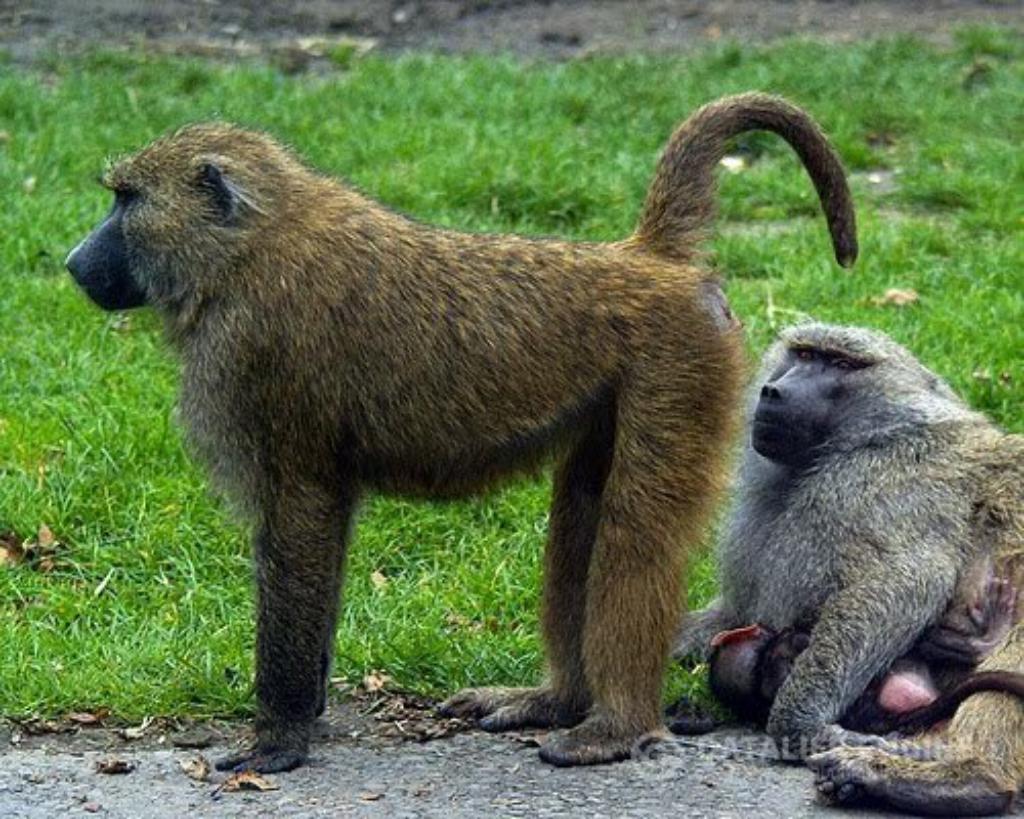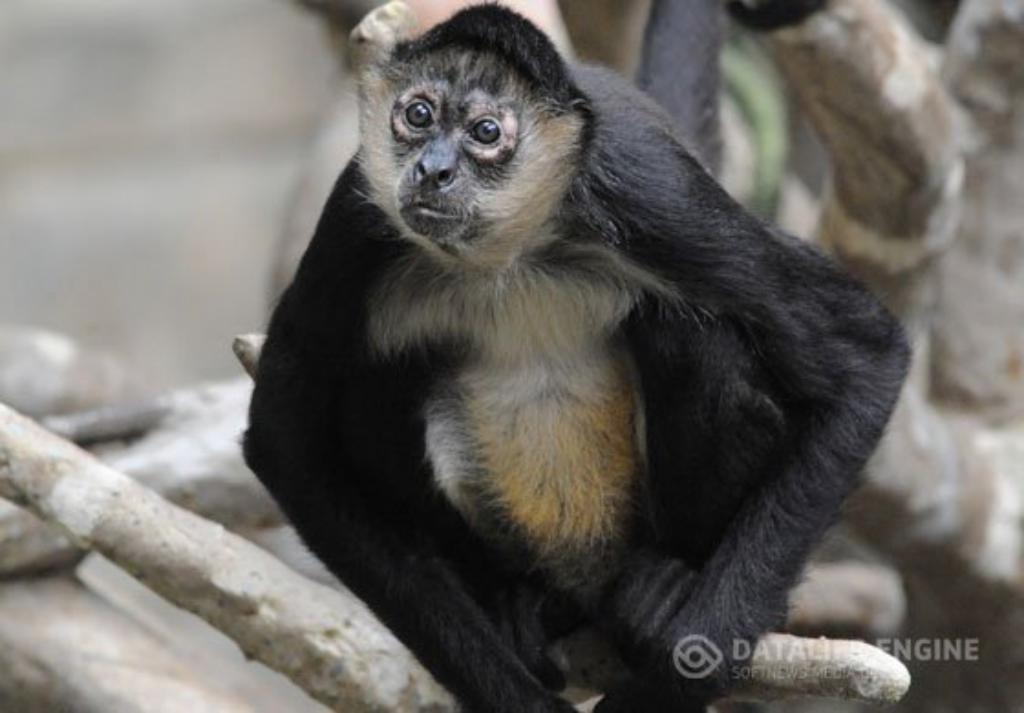Monkeys are haplorhine (“dry-nosed”) primates, a gathering with most of them having tails. Here are a few truths about their origin and different attributes
.
1. There are as of now 264 known monkey species. New World monkeys can for the most part swing by their tails; Old World monkeys can’t.
2. There are two particular genealogies of monkeys: New World Monkeys from South and Central America and catarrhines from Africa and Asia.
3. Many monkey species are tree-staying (arboreal), in spite of the fact that there are species that live essentially on the ground, for example, baboons.
4. New World monkeys and catarrhine monkeys rose inside the simians around 35 million years ago. Old World monkeys and Hominoidea rose inside the catarrhine monkeys about 25 million years ago.
5. Most species are additionally very active in the daytime.
6. Monkeys are generally believed to be intelligent.
7. The name Monkey started from a character named Moneke as the child of Martin the Ape in a medieval creature story. It shows up additionally to be identified with manikin, from the Dutch Manneken which means “little man”
8. Most monkeys eat both creatures and plants. Some additionally eat dirt.
9. Monkeys peel their bananas and don’t eat the skins.
10. Monkeys can grasp with both their fingers and their toes.
11. Old World monkeys have 32 teeth. New World monkeys have 36
12. Howler monkeys are the loudest monkeys. Their cries can be heard for around two miles in the woodland and very nearly three miles in an open area.
13. Howler monkeys spend up to 80% of their time resting
14. Monkeys utilize distinctive vocal sounds to distinguish diverse sorts of predators. They have additionally been seen slamming stones together to caution each other of moving toward predators.
15. Monkeys are thought to be a standout amongst the most famous types of intriguing pets. Despite the fact that it is illicit to keep them in numerous areas individuals keep on doing so. Some of them have been prepared to offer help for individuals that have different sorts of inabilities.
16. Affection is expressed for each other by Monkeys in similar ways that humans do. They mourn a loss, they show happiness, and they show anger towards the members of their group.

17. Affection is communicated with each other by Monkeys in comparative ways that people do. They grieve misfortune, they indicate satisfaction, and they demonstrate outrage towards the individuals from their gathering.
18. While Monkeys are vulnerable to different types of sickness they will never get the regular cold.
19. Monkeys can yawn and it could imply that they are drained or that they are made.
20. They live in gatherings of a couple or up to 12 individuals.
21. The Monkey is the ninth in the twelve-year cycle of creatures which show up in the Chinese zodiac signs showing up as the zodiac sign in 2016.
22. The Pygmy Marmoset is the littlest sort of monkey which can be as little as 117 millimeters with a 172-millimeter tail and a little more than 100 grams in weight, with grown-ups weighing in the vicinity of 120 and 140 grams.
23. The Mandrill is the biggest kind of monkey, with grown-up guys weighing up to 35 kg.
24. Capuchin monkeys are accepted to be one of the most brilliant New World monkey species. They can utilize instruments, learn new abilities and hint at different mindfulness.

25. Spider monkeys get their name on account of their long arms, legs, and tail. World Monkey Day, which started as a joke in 2000 yet is currently celebrated on December 14 consistently globally. Monkeys utilize vocalizations, outward appearances, and body developments to impart.
26. It is regular for monkeys to convey tuberculosis and hepatitis.
27. Monkeys have their own particular one of a kind arrangements of fingerprints similarly as people do. Some are arboreal (living in trees) while others live on the savanna; diets contrast among the different species yet may contain any of the accompanying: natural product, leaves, seeds, nuts, blooms, eggs and little creatures including creepy crawlies numerous types of monkey have fluctuated associations with people. Some are kept as pets, others utilized as model living beings in research centers or in space missions.
28. The first monkey in space was Albert II, who voyaged 83 miles over the Earth who flew in the US-propelled V-2 rocket on June 14, 1949.
29. Monkey brains are eaten as a delicacy in parts of South Asia, Africa, and China. In conventional Islamic dietary laws, the eating of monkeys is prohibited. Be that as it may, monkeys are now and again eaten in parts of Africa, where they can be sold as “bush meat”
30. In Buddhism, the monkey is an early incarnation of Buddha yet may likewise speak to cunning and offensiveness. The Chinese Buddhist “personality monkey” analogy alludes to the unsettled, anxious condition of human personality. Monkey is additionally one of the Three Senseless Creatures, symbolizing covetousness, with the tiger speaking to outrage and the deer lovesickness. Hanuman, an unmistakable celestial substance in Hinduism, is a human-like monkey god. He offers fearlessness, quality to the individual who contemplates him or the god Rama.










